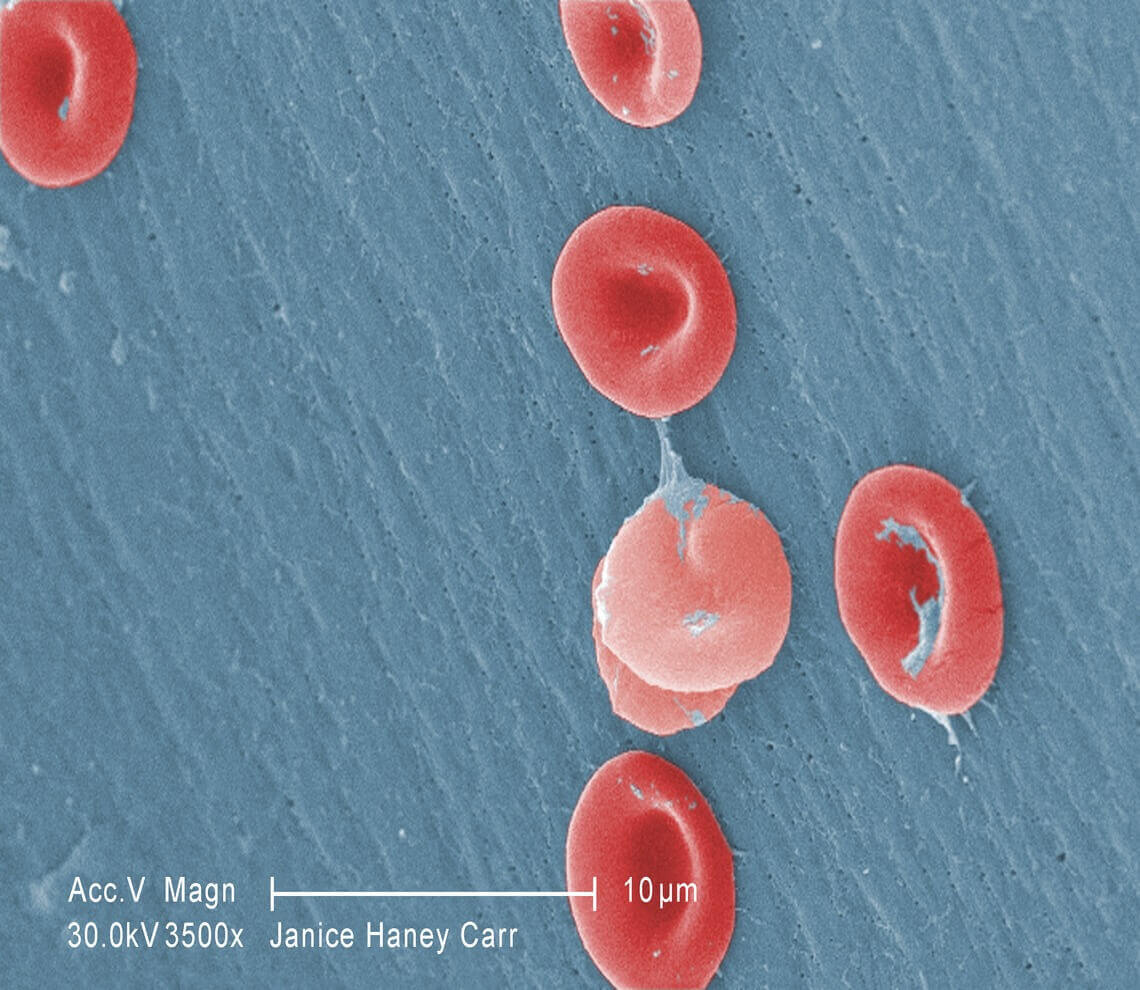- Our Suppliers
- MBS Monoclonals
- Integrin, beta3 (ITGB3, CD61, GP3A, GPIIIa, HPA-1, NAIT, Platelet Fibrinogen Receptor beta Subunit, Platelet Glycoprotein IIIa, Platelet Membrane Glycoprotein IIIa) (PE)
Product short description
Price:
448 EUR
Size:
100 Tests
Catalog no.:
GEN608117
Product detailed description
Gene name
N/A
Concentration
N/A
Gene name synonims
N/A
Other gene names
N/A
Immunoglobulin isotype
IgG
Other names
N/A
Host organism
Hamster
Clone
10B1870
Clonality
Monoclonal
Category
Antibodies
Also known as
Integrin, beta3
Subcategory
Mnoclonal antibodies
Source organism
Mouse (Mus musculus)
Tested applications:
Flow Cytometry (FC/FACS)
Purification method
Affinity Purified by Protein G affinity chromatography.
Form/Appearance
Supplied as a lyophilized powder from PBS, pH 7.4, 1% BSA, 0.09% sodium azide. Labeled with R-Phycoerythrin (PE). Reconstitute with 1ml sterile 40-50% glycerol, ddH2O.
Species reactivity
Mouse (Mus musculus), Rat (Rattus norvegicus); Due to limited knowledge and inability for testing each and every species, the reactivity of the antibody may extend to other species which are not listed hereby.
Specificity and cross-reactivity
Recognizes mouse CD61. Species crossreactivity: rat.; Since it is not possible to test each and every species our knowledge on the corss reactivity of the antibodies is limited. This particular antibody might cross react with speacies outside of the listed ones.
Storage and shipping
May be stored at Store the antibody at +4 degrees Celsius. before opening. DO NOT FREEZE! Stable at Store the antibody at +4 degrees Celsius. as an undiluted liquid. Dilute only prior to immediate use. Stable for at least 12 months at Keep the antibody refrigerated at +4 degrees Celsius. Temperature variations in the range between +1C to +7C are tolerable. Freezing R-Phycoerythrin (PE) conjugates will result in a substantial loss of activity. PE conjugates are sensitive to light.
Description
Associated membrane protein types are lipopolysaccharide selective barriers. Biological membranes include cell membranes, outer coverings of cells or organelles that allow passage of certain proteins and nuclear membranes, which cover a cell nucleus; and tissue membranes, such as mucosae and serosae. ,Platelets, also called thrombocytes or cloth cells in blood and are needed to stop bleeding by clumping and clotting the blood the vessels when the an injury occurs. Teh bone marrow will produce the platelets that have no nucleus. Platelates are unique to mammals, the are curved shaped 1900nm to 3100 nm large nucleus free clothing structures.The receptors are ligand binding factors of type 1, 2 or 3 and protein-molecules that receive chemical-signals from outside a cell. When such chemical-signals couple or bind to a receptor, they cause some form of cellular/tissue-response, e.g. a change in the electrical-activity of a cell. In this sense, am olfactory receptor is a protein-molecule that recognizes and responds to endogenous-chemical signals, chemokinesor cytokines e.g. an acetylcholine-receptor recognizes and responds to its endogenous-ligand, acetylcholine. However, sometimes in pharmacology, the term is also used to include other proteins that are drug-targets, such as enzymes, transporters and ion-channels.
© Copyright 2016-Tech News . Design by: uiCookies

